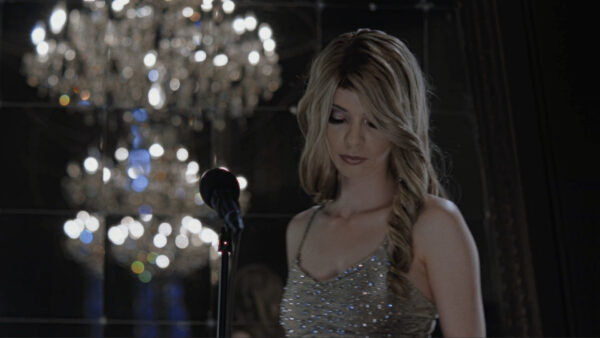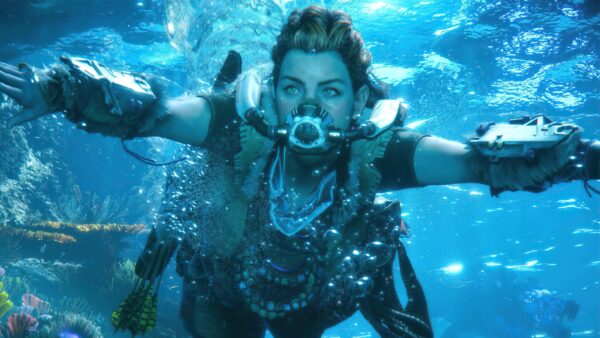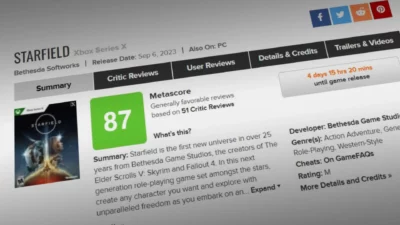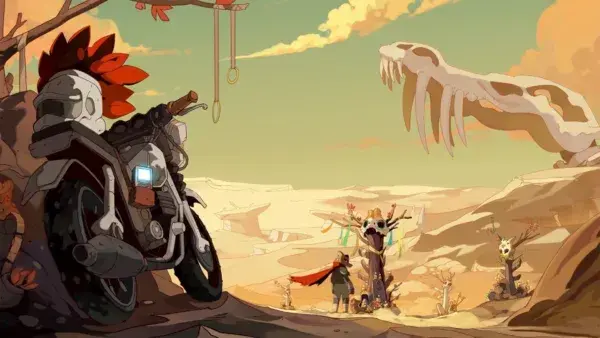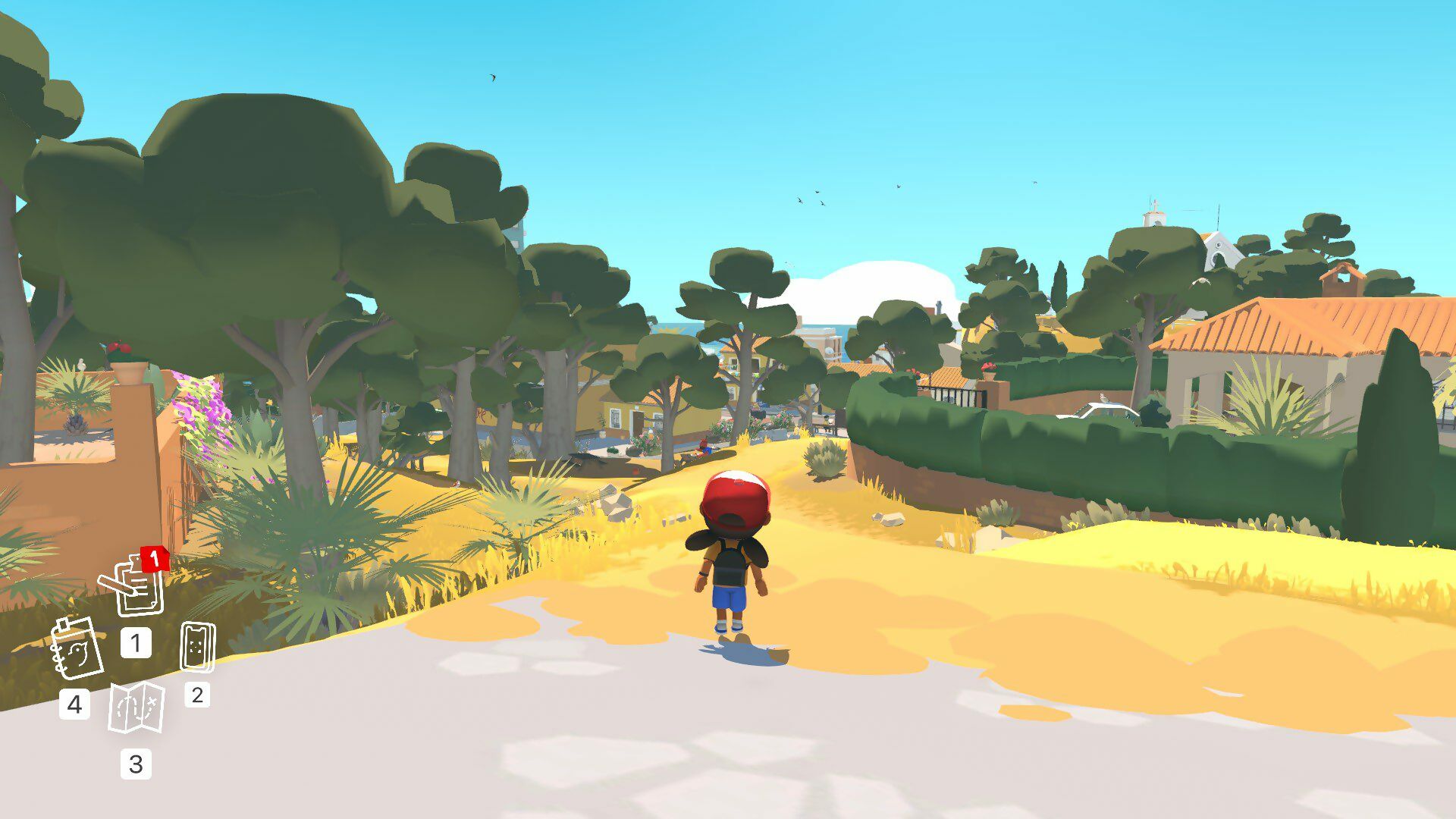
Proving that open worlds don’t have to be huge to be beautiful, the Mediterranean setting of Alba: A Wildlife Adventure is an island you can run, skip, and jump across in mere minutes, but it’s one packed with personality and charm. The game’s a gentle eco-fable about a young girl – Alba Singh – who, along with her best friend Inés, resolves to save her grandparents’ island’s nature reserve from a greedy property developer’s hotel construction project. It’s a quest that involves doing odd jobs to help coax the local populace into signing her petition, fixing up bird boxes in order to coax wildlife back to the island, and taking wildlife photos, which are then recorded on Alba’s mobile phone app. It’s an open-ended game, but one that provides a delightful counterpoint to the dark, dystopian, and sprawling Cyberpunk 2077, which launched on the very same day as Alba in December 2020.
Alba’s compact setting also speaks to a game design that respects the player’s time. “The density was a much more important conversation for us than the size of the island, so it felt alive but not overly busy or too sparse,” explains creative director David Fernández Huerta. “I love open-world games, but with kids at home and all the obligations of adult life, it takes me over six months to complete one. And I do complete them. I love finding every nook and cranny and collecting all the collectables, and I think that compulsion is quite universal.”
Work first began on Alba in 2018, when Huerta and developer and sound artist Kirsty Keatch were reminiscing about their childhoods in Spain. It was an unusually hot British summer, and the sticky heat made them think back to the rural lives they enjoyed as youngsters. “We’d both been living far from home for years,” Huerta says, “and when we found that we had these memories in common, these shared experiences of a very particular kind of rural world, it all kind of developed naturally in that direction. Having these memories in common meant that it was very exciting and natural for us to come up with situations, locations, and characters that felt authentic and believable, which is exactly what you’re looking for when you create a virtual open world.”

Creating Alba’s charming menagerie of creatures required a “strike team” of artists and designers, according to Huerta.
Alba grew from that seed of an idea, which gradually developed further as Huerta and his team did their research, which ranged from birdwatching in London nature reserves to studying Spanish architecture on Google Street View. And while the game’s partly drawn from personal experiences, it’s all fictionalised to the point where it becomes “like a dream”, according to Huerta. “Alba’s house and her grandparents are modelled after my own, but this is done to give them a sense of authenticity rather than to recreate a personal story,” he explains. “Once these characters appeared in the game they stopped being my grandparents and became characters in their own right, with personalities and traits that would help the (game), but by basing them on real people, they have this look to them that’s different from your typical video game grandparents.”
The lack of clichés among the game’s cast extends to its well-observed script: Alba’s grandparents often throw modern phrases into their conversations (“It’s a pile of pants!”) – which helps make them feel more like real people. “They’re active and have goals of their own,” says Huerta. “One of these goals is to connect with their granddaughter, whom they see once a year. Grandma uses these modern phrases as a way to bond with Alba, which is something that my own grandma would do all the time with me. In the same way, Grandad shares his hobbies of birdwatching and hiking with her. It’s a way for them to be close to a person they have limited access to but that they love with all their hearts.”

Environment artist Jessie van Aelst studied real-life locations around Valencia to design Alba’s setting. Google Street View came in handy here.
According to Huerta, the script really came together when Georg Backer came aboard, furthering the developers’ aim of writing characters with nuance. “For the first couple of years I’d been writing (everything) myself, and I was hesitant to add another writer, fearing that the vision would suffer,” Huerta tells us. “I couldn’t have been more wrong. We started working with Georg, who has an incredible amount of experience, and he took the world and the characters and gave them that nuance. The characters already had their own personalities and their own voices, but they used to be much more archetypal. When he joined us this was something that stood out to him, that felt at odds with the authenticity of the game, so he started working out what different characters thought about the hotel, and made the mayor a much more nuanced character like he was the hero of his own story. Then, our senior designer John Bye wrote the dialogue for most of the background characters, and the game totally changed – suddenly the whole island was full of personality.”
Huerta emphasises Alba was a team effort – including its heroine’s adorable run animation. “That’s the work of our principal animator Simone Tranchina and our senior programmer Gianluca Vatinno,” he says. “For the original prototype, I had made a very crude and expressive model and set of animations for Alba, with the intention to go to a more traditional character model when we entered pre-production. But we kept trying and trying versions of the character, but none felt as expressive and fun as the old one. When Simone joined and did his first pass on the character, we decided to try the old sphere look, but done in a much more polished way, and everything felt right… Simone had a strong vision for making Alba’s character feel alive, fun, and free, and he pitched the idea of blending animations randomly, including the skipping animation, among other additions. He and Gianluca gave it a go and everyone was blown away, it was pretty much perfect the first try.”

As little Alba hops and skips across the island, it’s striking how, even compared to the animation of some triple-A games, her youthful gait says so much with so little.
By going for depth rather than breadth, Alba’s comparatively small development team was able to focus on perfecting little details that make a big difference to the setting’s atmosphere: animator Joan Borguñó concentrated specifically on the animals you’ll find flitting and scurrying around the island, from birds of prey to squirrels and an elusive family of wild cats. Early in development, the game’s creatures were “a bit robotic”, according to Huerta, but thanks to Borguñó’s work, and a “strike team” of programmers, designers, and animators, they managed to breathe life into Alba’s wildlife.
The result is a game that captures a child’s-eye view of nature, and helps reinforce the game’s hopeful ecological message: that by pulling together, we can all do something to help the environment. So, does Huerta think the game could help awaken the same wonder at the natural world in its players? “I would love it if that was the case,” he says. “When I was younger, I was really into nature documentaries and books, some of which have stayed in my memory and shaped my way of thinking. I think games can be that as well. I always felt that connection with Sonic the Hedgehog; those games were always about saving animals from industrialisation and pollution, and it made it sound like the coolest thing ever. If this game had a similar effect on new players, we would be incredibly proud.”

A well-observed script means that even minor characters are more than mere stereotypes.
Ecco-conscious
For Huerta, Alba was partly informed by the eco-conscious games he played as a youth. “I think there were a lot of games when I was growing up that had similar ecological themes, or dealt with very personal issues. I’m thinking of games such as Ecco the Dolphin, or Lost Eden, The Dig, Grim Fandango… There was an era in the nineties when games started to be quite mature in their themes or aesthetics, as the technology allowed for more nuance. I always felt that the jump to 3D graphics in the late 1990s and 2000s created a shift towards more action-oriented games and that it somewhat dumbed down what games were doing in terms of literary depth. But that really only lasted a few years, and even big triple-A studios are incorporating these themes again, seemingly taking a page from the indie game book of the 2010s. I’m definitely hopeful that as the industry grows and becomes fully mainstream, we’ll have a growing number of experiences that go beyond entertainment, but we can’t forget that games are first and foremost about play.”


